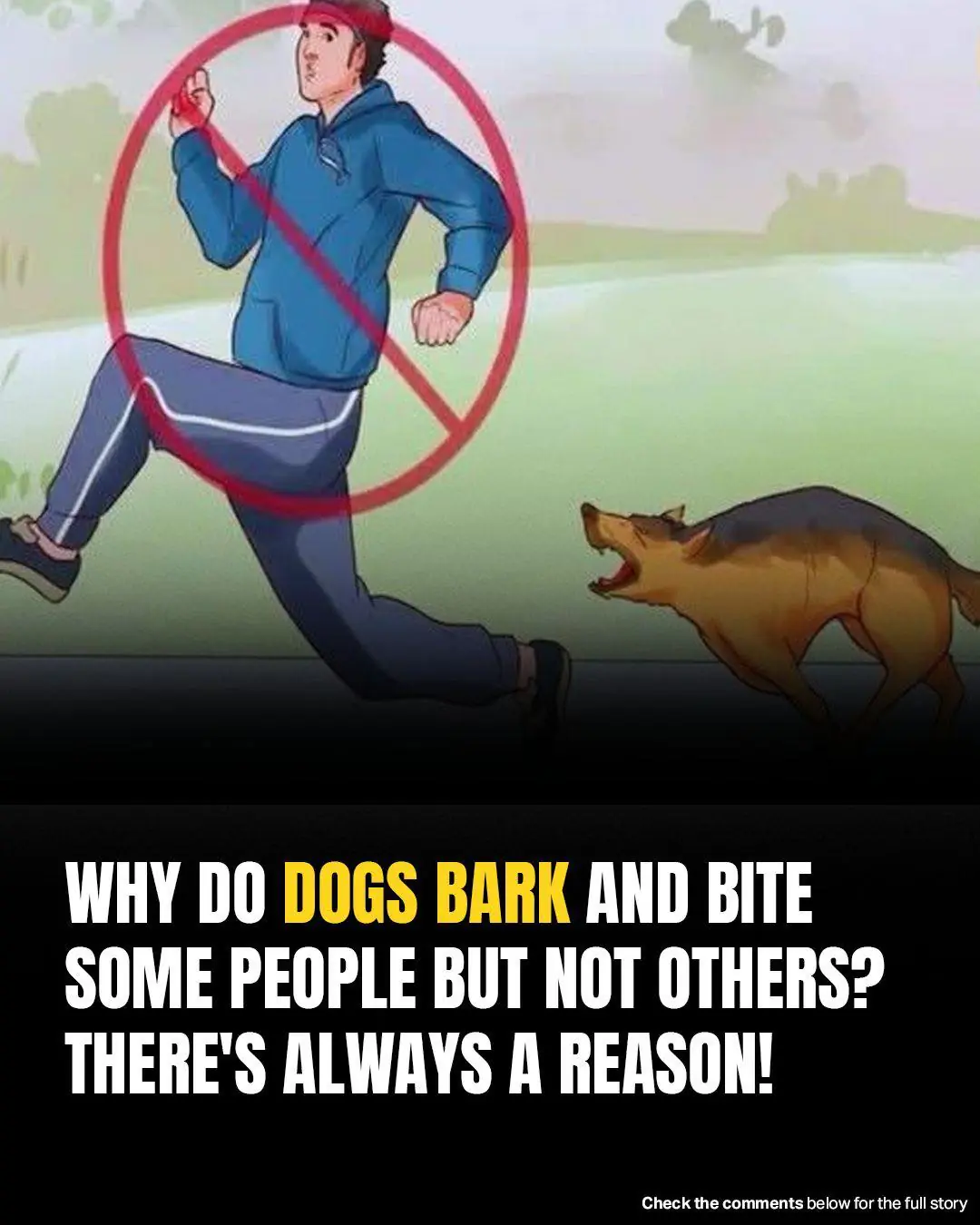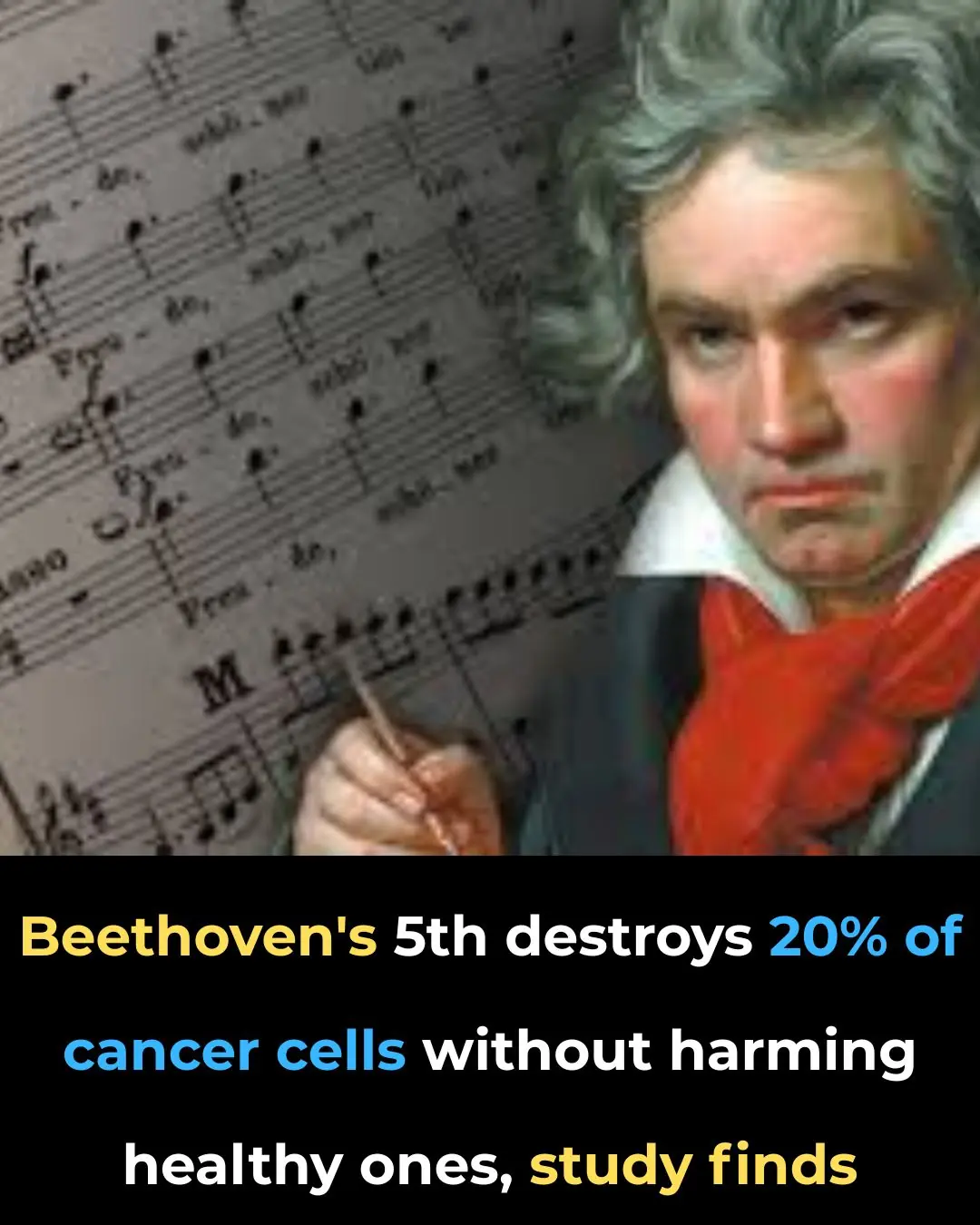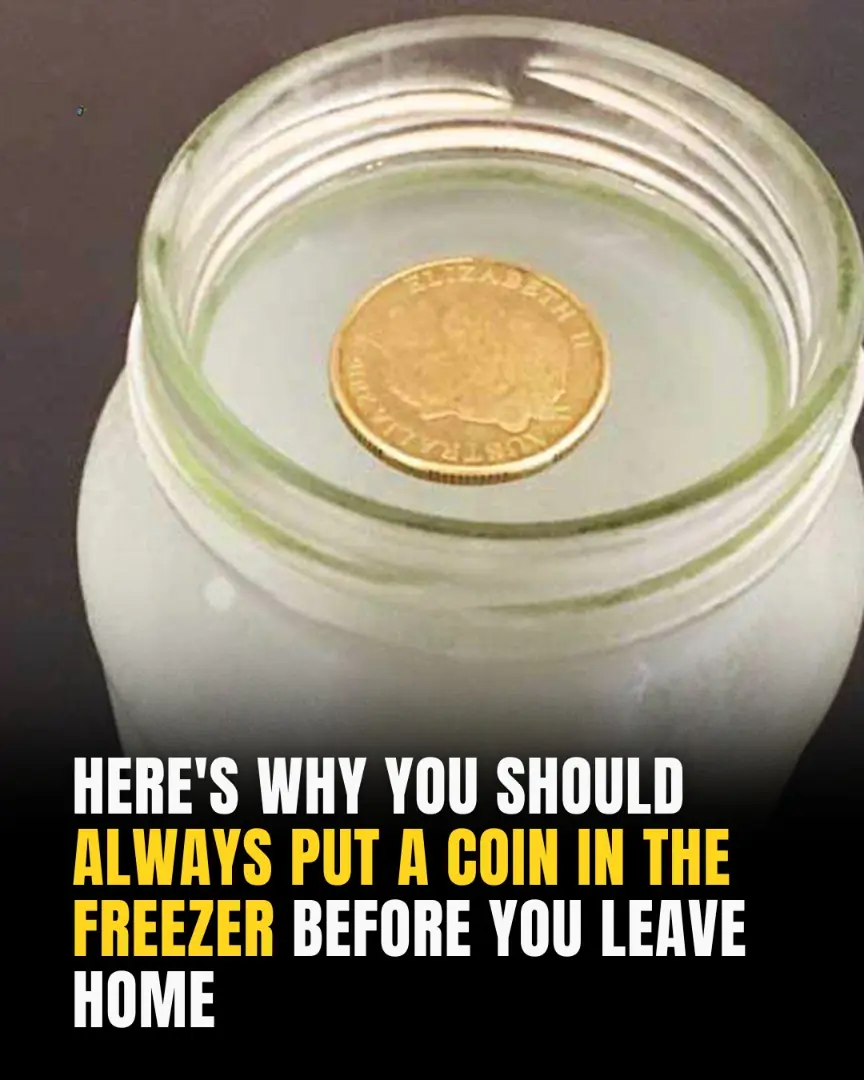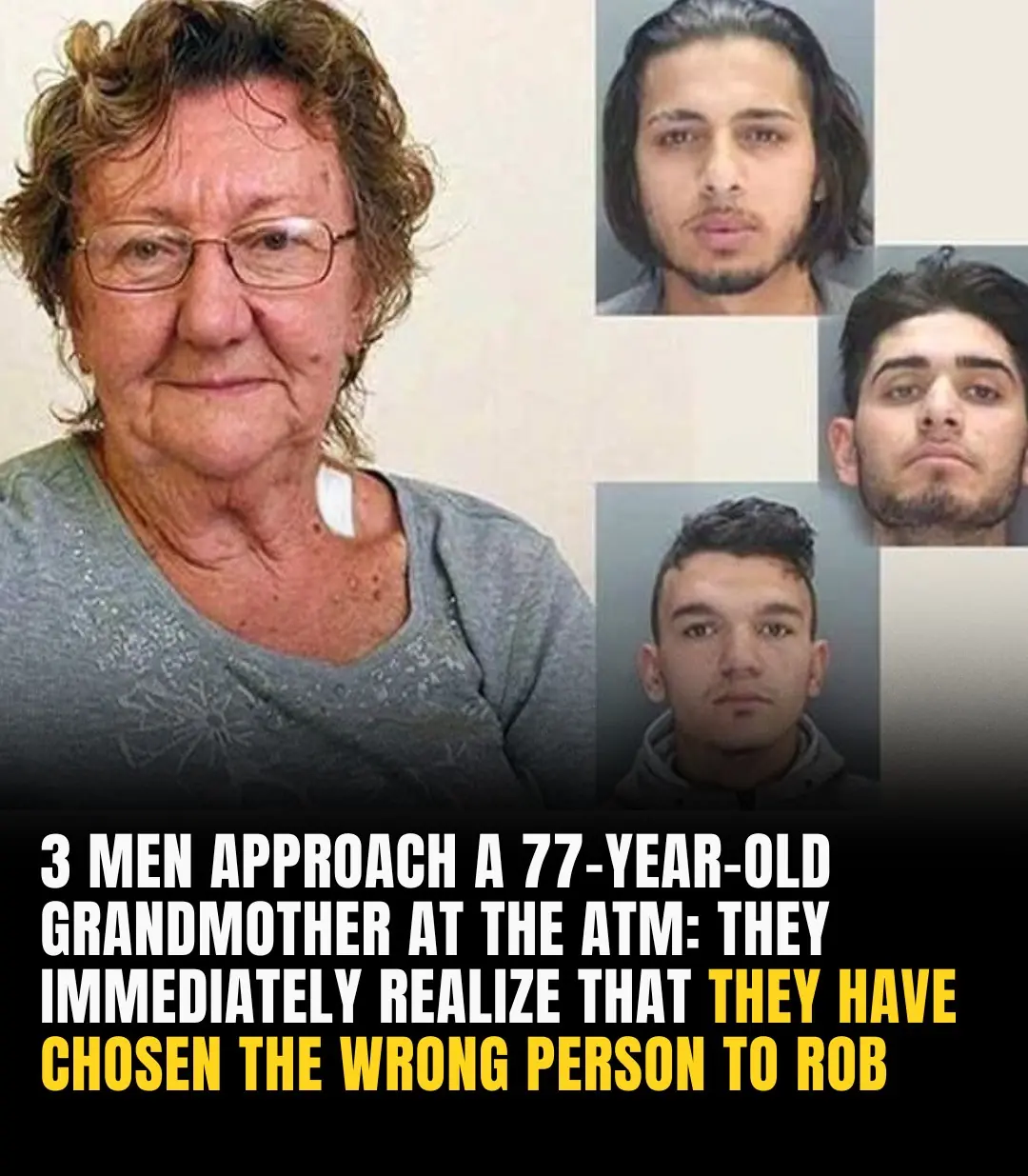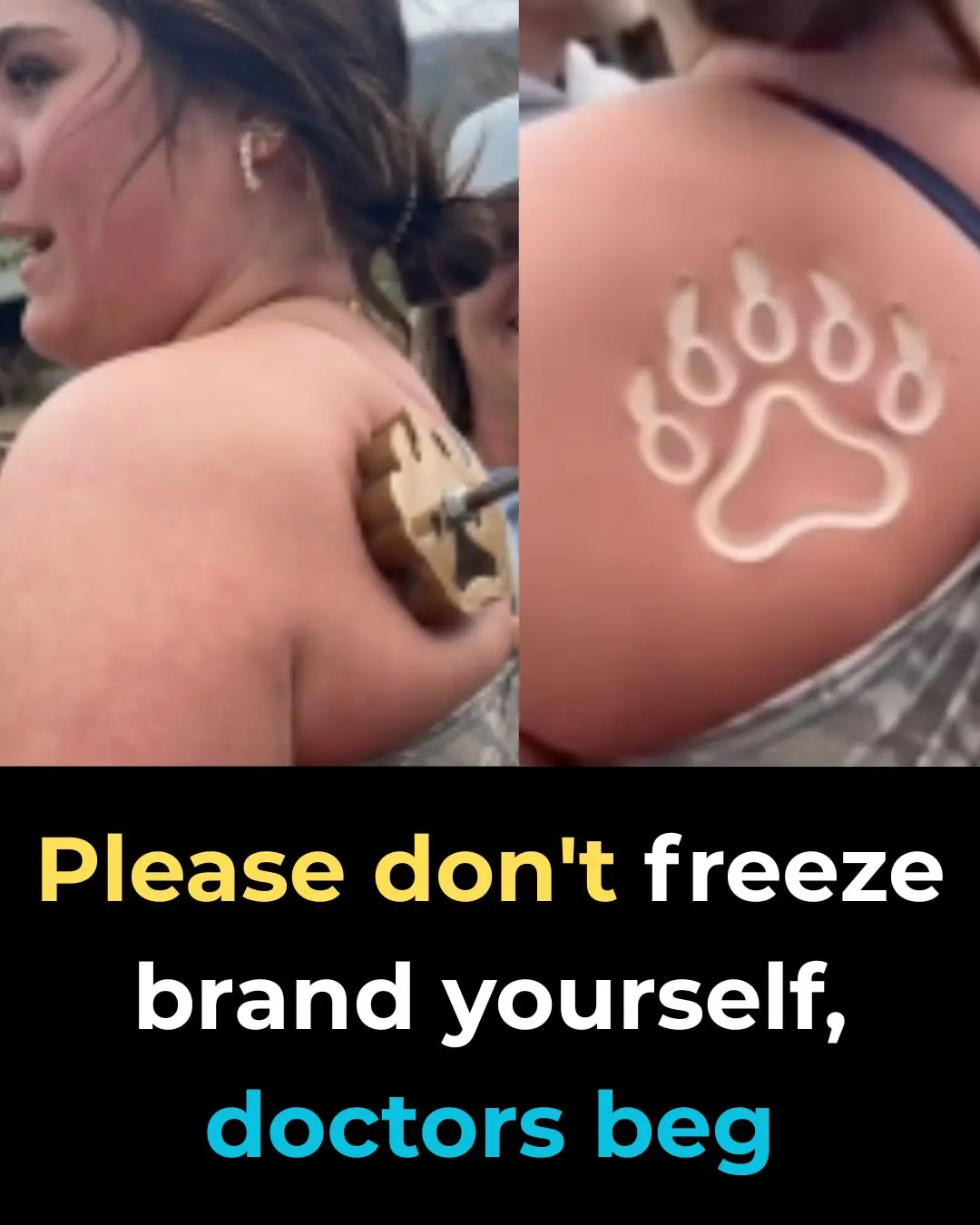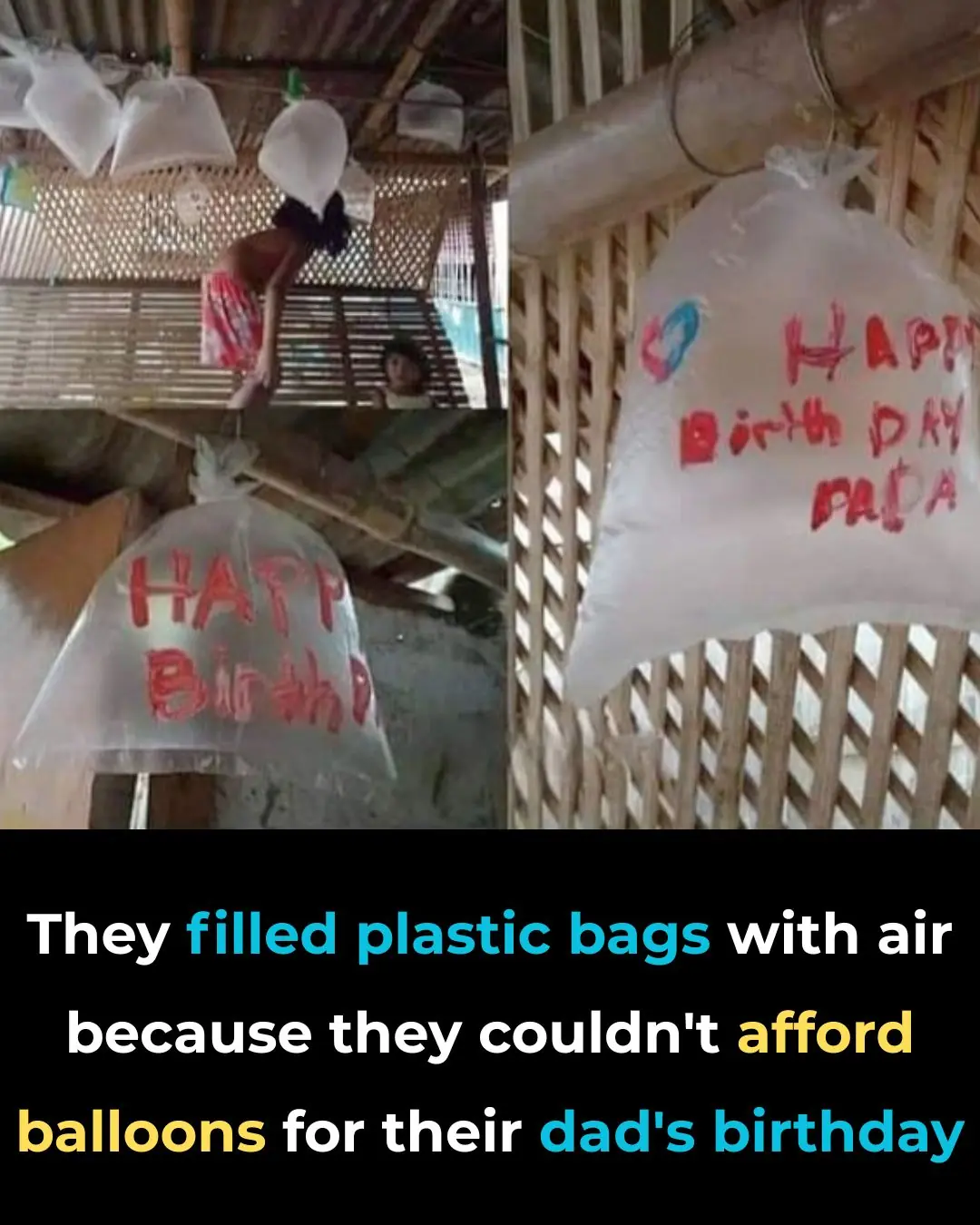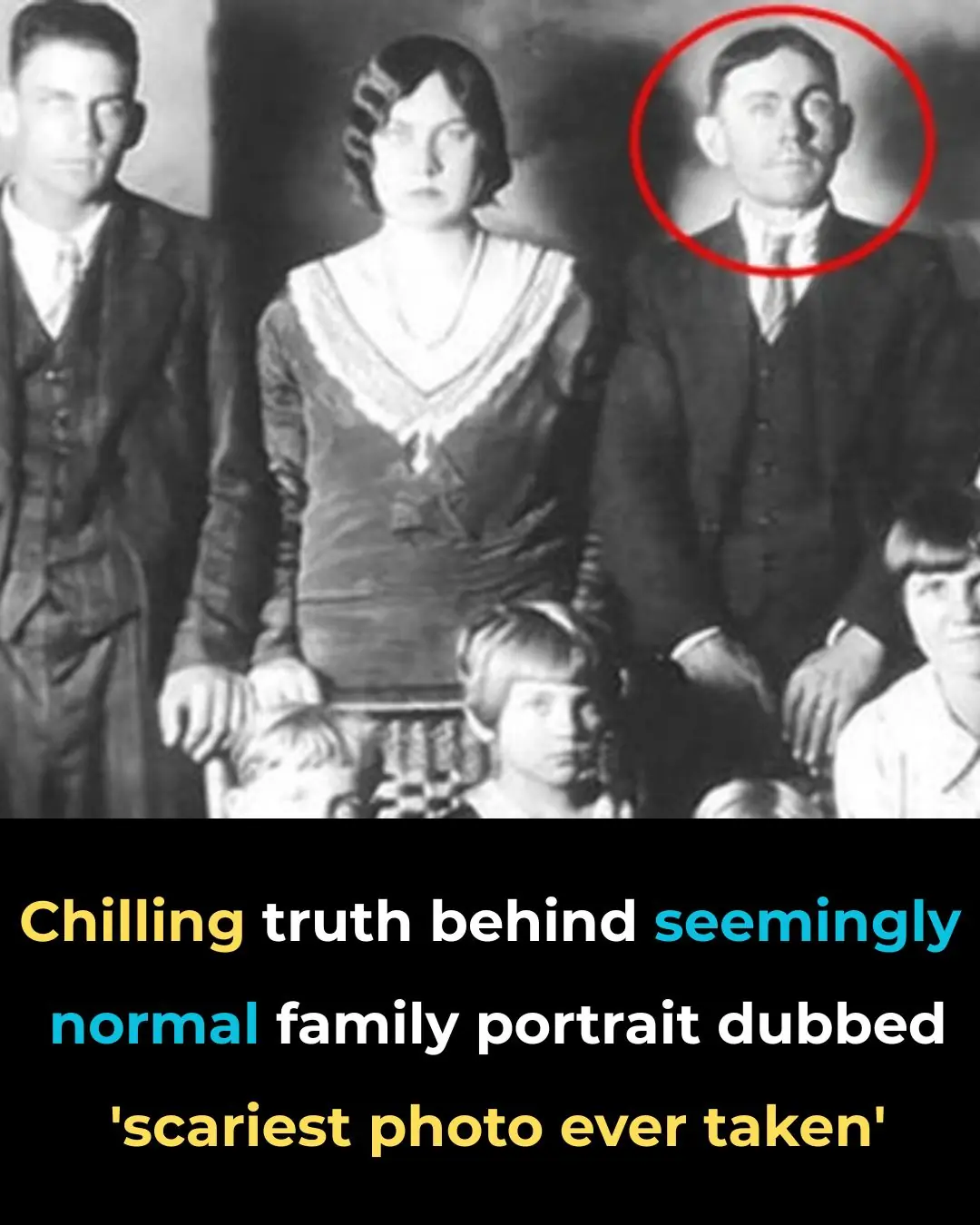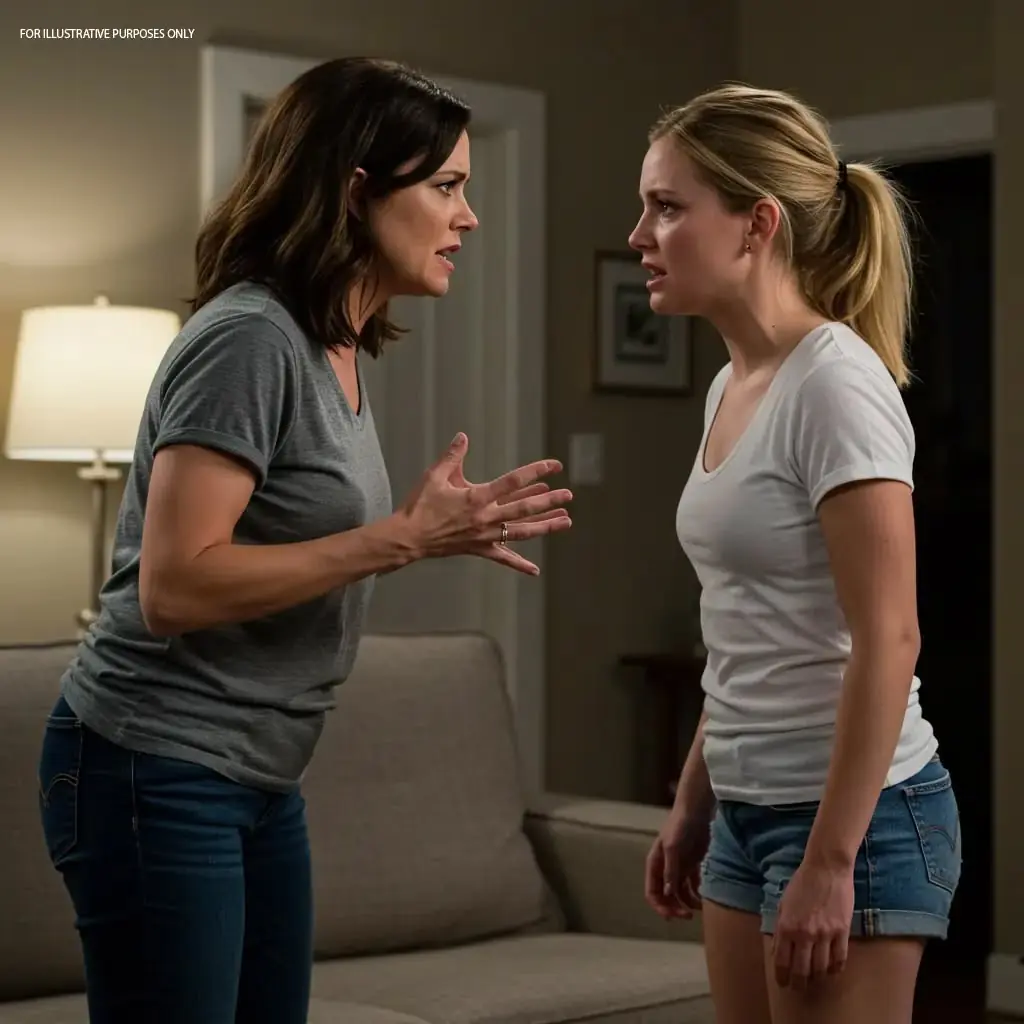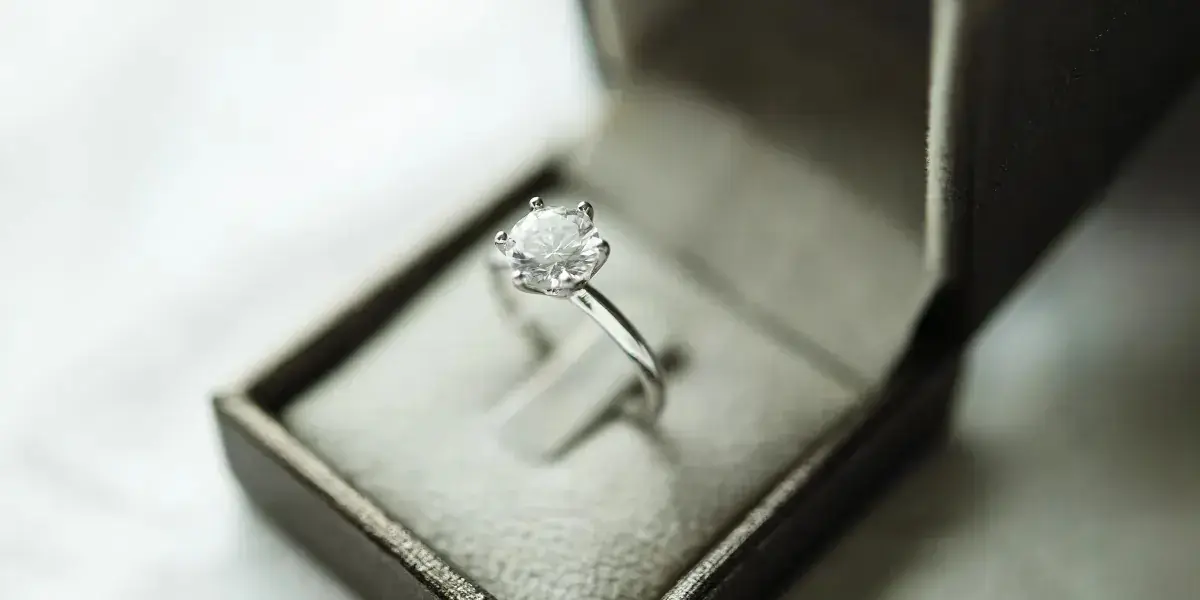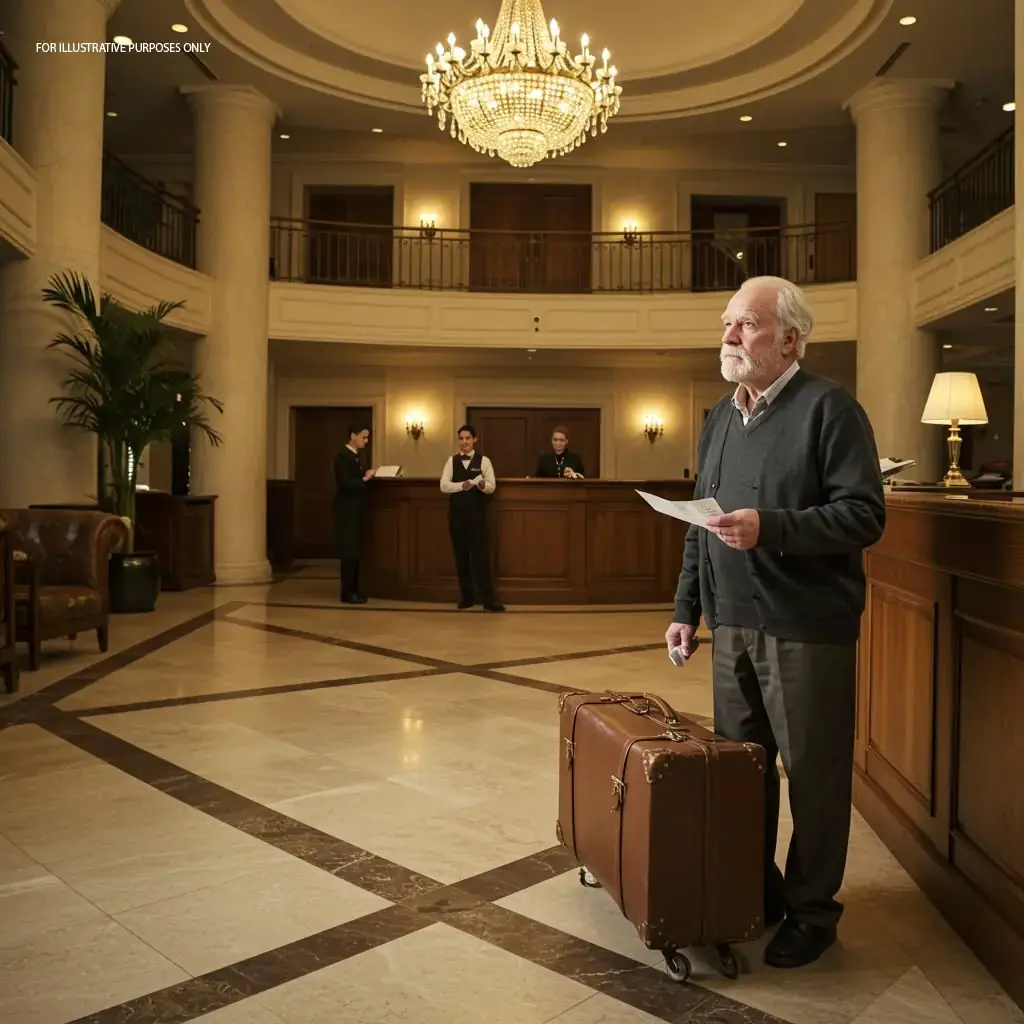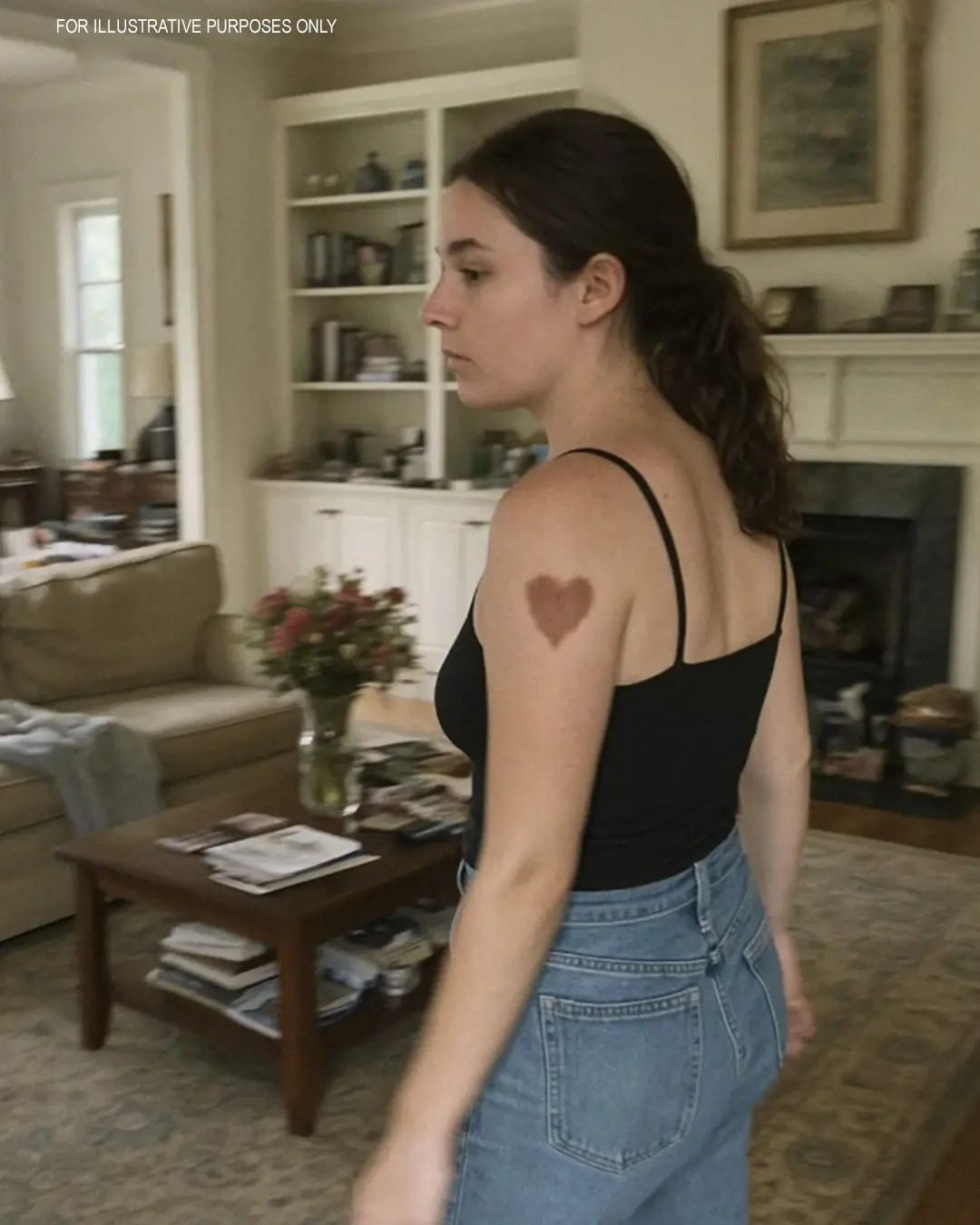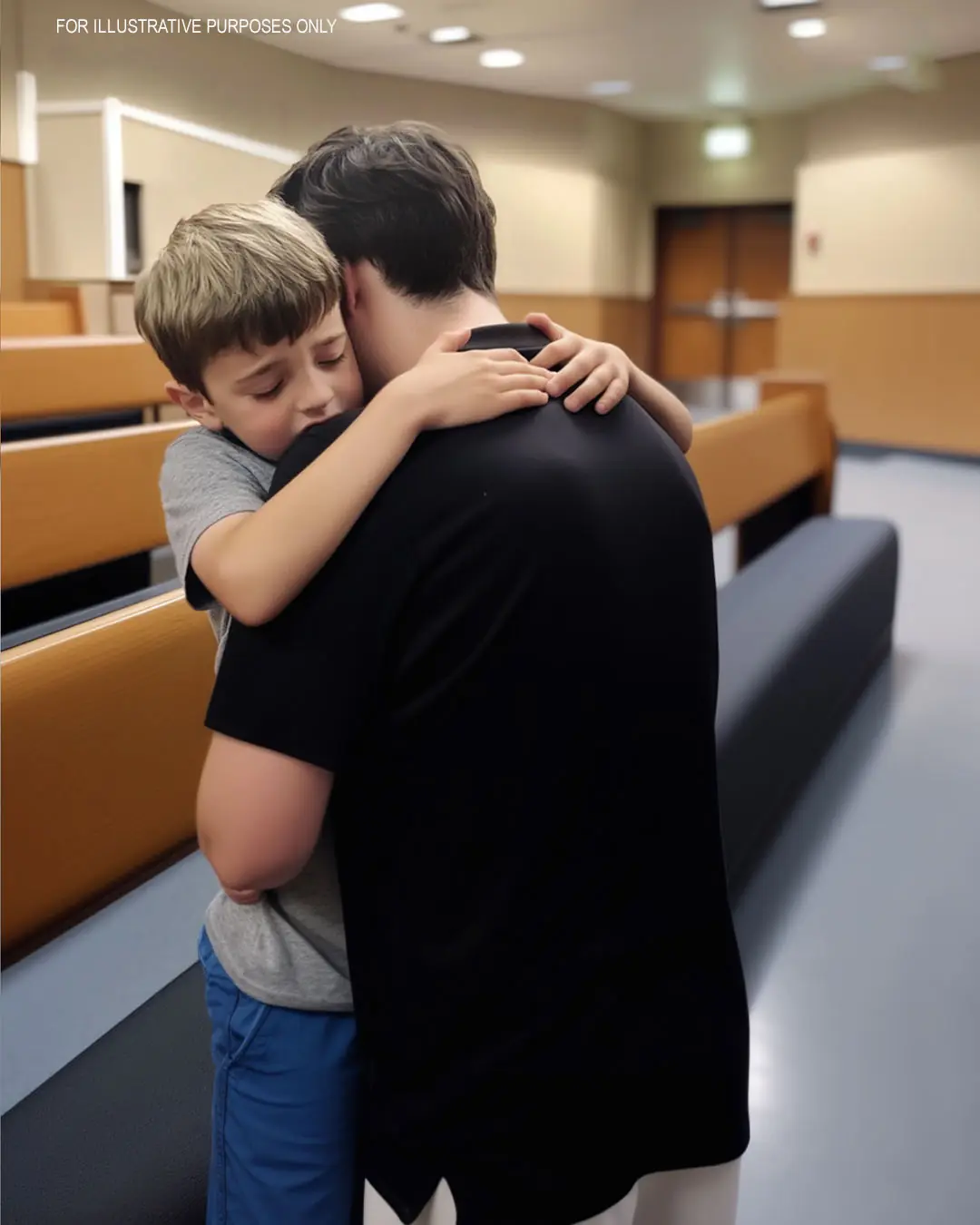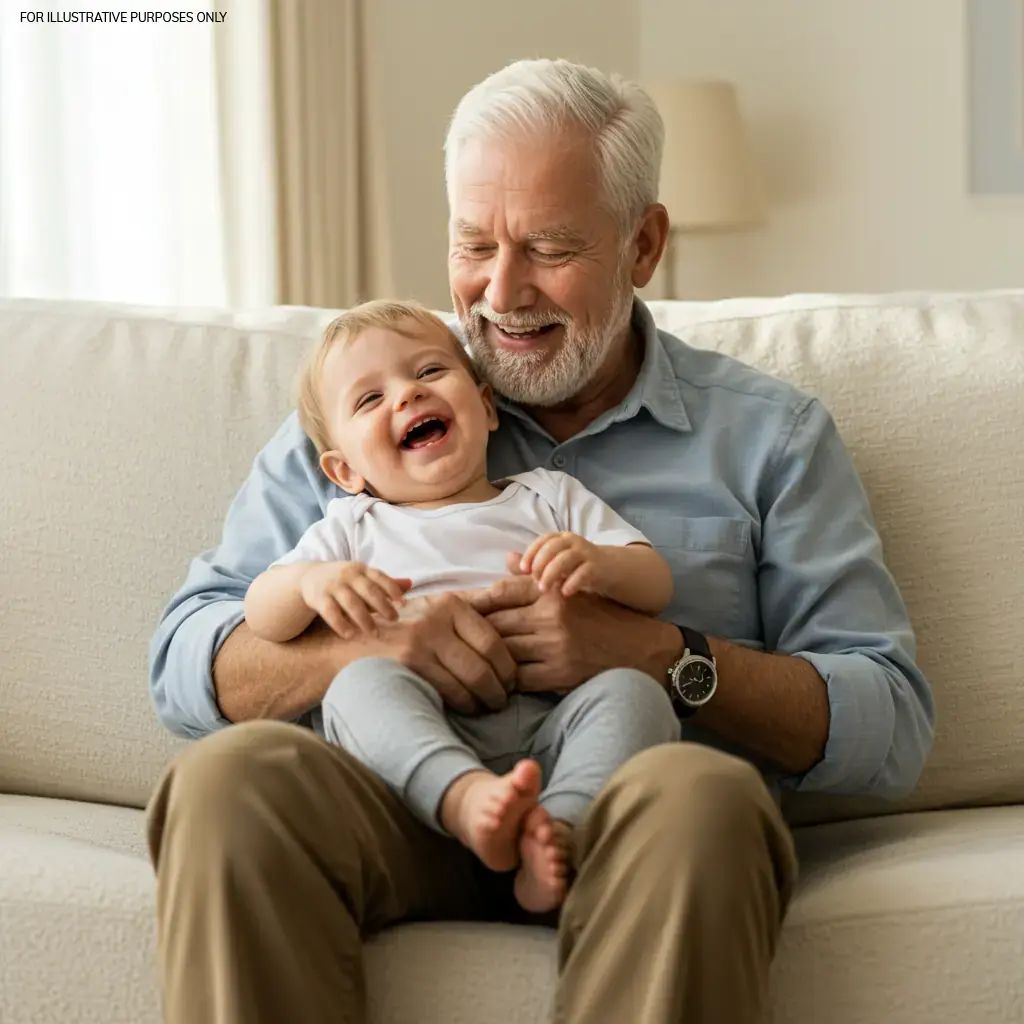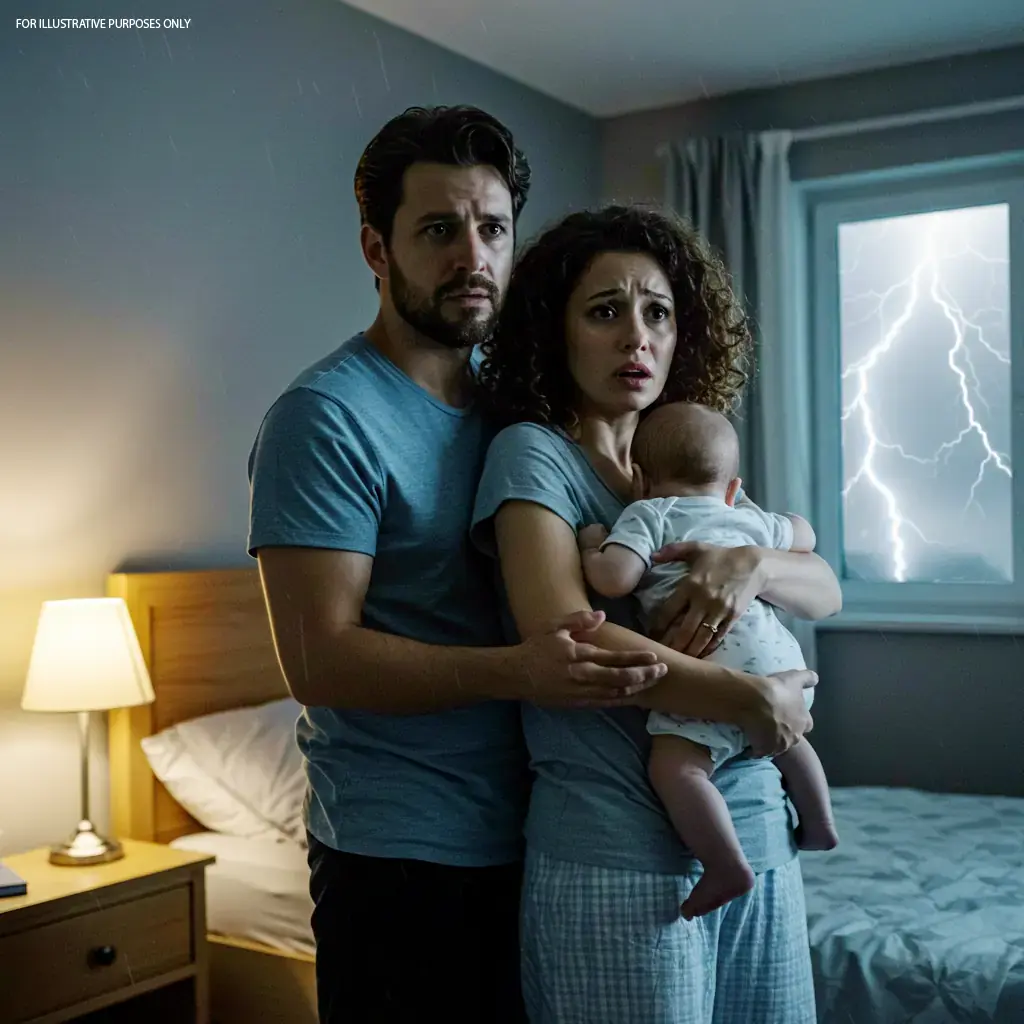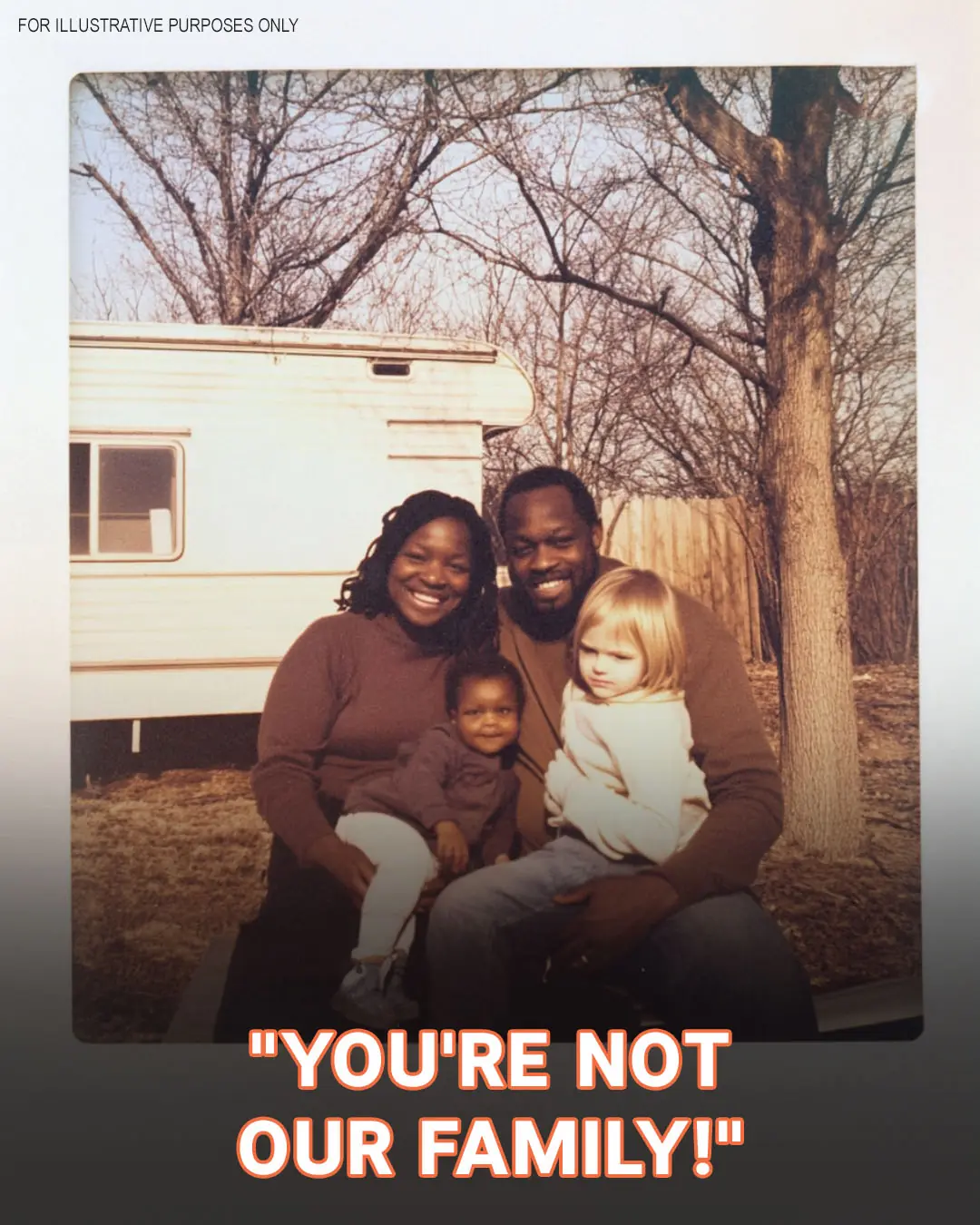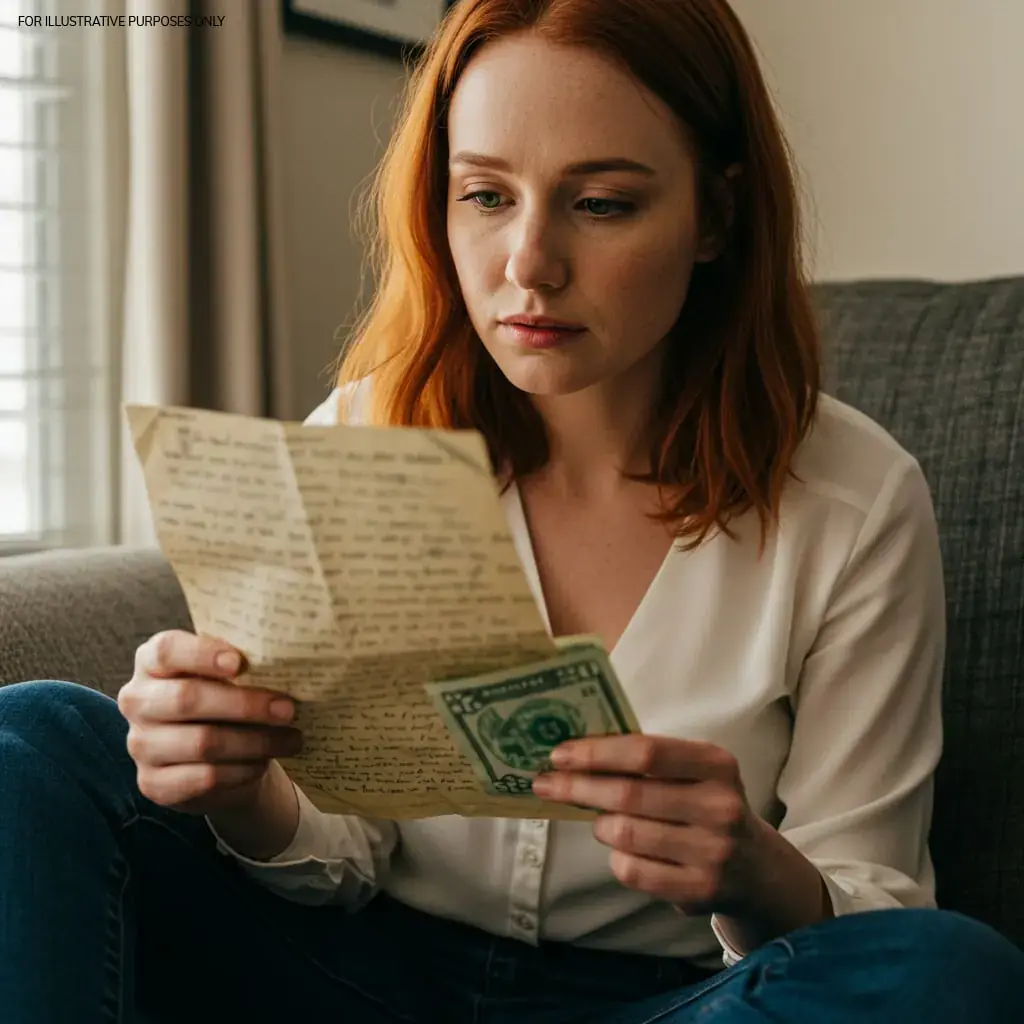The first rocket whistles skyward, and the night erupts in color yet somewhere inside, a dog’s world is imploding. Shelters brace for the aftermath: lost-pet intakes surge 30 to 60 percent between July 4 and July 6, making July 5 the single busiest day of the year for animal rescues. Nearly one in five missing pets vanished after bolting from fireworks’ sudden boom, and studies suggest roughly half of all dogs are genuinely afraid of the spectacle.
For a creature whose hearing is keen enough to detect a watch ticking across the room, each unsignaled explosion can feel like a cannon fired at close range loud, unpredictable, and inescapable. Faced with that sensory onslaught, dogs do what nature wires them to do: run, hide, or frantically seek relief in all the wrong places.
This reality isn’t inevitable heartbreak; it’s a call to act. In the pages ahead, you’ll find a science-informed plan practical steps that turn a nerve-shredding night into just another evening at home, where every family member, four-legged or two-legged, can breathe easier.
Why Fireworks Terrify Dogs
To truly protect dogs during fireworks celebrations, it’s essential to grasp what these sounds and sights mean from their perspective. While we associate fireworks with joy, nostalgia, or national pride, many dogs interpret them as a chaotic and frightening threat.
Dogs hear at frequencies and volumes far beyond our capabilities. What might be a loud pop to a human can sound like an explosion to a dog and there’s no warning. Unlike thunderstorms, which often build gradually with cues like wind and darkening skies, fireworks erupt suddenly, without any sensory lead-in. This surprise factor strips away any chance for dogs to mentally prepare or adapt.
Adding to the distress, fireworks don’t follow a predictable pattern. They explode sporadically, often for hours at a time. This randomness heightens anxiety because the dog can’t anticipate when the noise will stop or whether something worse is coming next.
It’s not just the noise. Bright, erratic flashes of light and the acrid scent of smoke further confuse and scare dogs, especially in the confined spaces of urban or suburban neighborhoods. For dogs, who navigate the world primarily through smell and sound, this disorienting combination can quickly push them into panic mode.
Fear of loud noises is a survival mechanism. In the wild, sudden, unfamiliar sounds can signal danger. Dogs who react to fireworks aren’t misbehaving they’re responding to what their brain interprets as a life-or-death situation.
For dogs with a history of trauma or neglect, the reaction may be even more extreme. Loud sounds can trigger deep-seated fear responses, similar to PTSD in humans. Others may simply be genetically more predisposed to sound sensitivity. As Dr. Tammie King, senior research manager at the Waltham Petcare Science Institute, explains: “Behavior is influenced by genetics, past experiences, and the current environment or situation.”
When fear sets in, dogs instinctively try to escape or find shelter. But inside a house or yard, those options are limited. Some may attempt to hide under furniture, while others might scratch at doors, jump through screens, or dig under fences all in an effort to flee the perceived danger. It’s why so many dogs go missing during fireworks: their survival instincts override training, barriers, and even the comfort of home.
What to Do Before the Fireworks Begin

Fireworks may be out of your control but your preparation isn’t. The hours before the explosions start are a critical window for setting your dog up to cope calmly and safely. Small, proactive steps can make a world of difference when the sky lights up later.
Tire Them Out Early
A tired dog is a calmer dog. One of the simplest ways to reduce anxiety is to exercise your dog earlier in the day. “Give your pet plenty of exercise that day,” advises Leslie Renner of the Humane Society of Preble County. A long walk, a game of fetch, or mental stimulation (like a puzzle toy or training session) can help expend nervous energy and increase the likelihood your dog will rest during the evening’s chaos.
Create a Safe, Comfortable Retreat
Before the noise begins, set up a quiet, secure place inside your home where your dog can retreat. This might be a familiar crate, a cozy corner in a closet, or a quiet basement room. Line the space with soft bedding, a favorite blanket, and familiar toys. Items that smell like you such as a worn T-shirt can also offer comfort.
To buffer outside noise and light flashes, close windows, draw curtains or blinds, and keep the lights dim or off. Adding background sound like calming music, a white noise machine, or even the television can help mask the sudden booms of fireworks.
Secure the Environment
Even indoor dogs may attempt to bolt when frightened. Ensure all windows, doors, and doggy doors are closed and latched. If people will be entering and exiting frequently, post a reminder to watch for the dog or consider using a baby gate or leash inside to prevent accidental escapes.
Double-check that your dog’s ID tags are secured to a well-fitted collar and that their microchip information is current including your phone number and address. Even the most cautious pet parent can have a dog slip away during peak panic.
Prepare Distractions and Enrichment
Stock up on safe, engaging distractions that can keep your dog busy during the festivities. For dogs who like to chew or lick, items like frozen Kongs filled with peanut butter, puzzle feeders, or long-lasting chews can redirect focus away from the fireworks. Starting these activities before the noise begins can help your dog associate the evening with something positive and engaging.
Talk to Your Vet If Needed
If your dog has a history of extreme distress during fireworks or thunderstorms, now is the time to talk with your veterinarian. They may recommend a short-term anti-anxiety medication or suggest natural remedies like Dog Appeasing Pheromone (D.A.P.) sprays or diffusers. The goal isn’t sedation it’s to reduce fear enough for your dog to cope more comfortably.
Keeping Dogs Safe During the Celebration

When the first boom echoes across the sky, even the most prepared dogs may react. This is the moment your planning pays off. Keeping dogs safe during the fireworks is about managing both their environment and emotional state with calm, clarity, and compassion.
Keep Them Inside
This cannot be emphasized enough: dogs should never be left outdoors during fireworks. Even if they’re in a fenced yard or on a tether, fear can drive them to dig under fences, climb barriers, or break free. Many of the dogs that end up in shelters on July 5 were last seen in backyards during fireworks. Bring pets inside before dusk, and ensure they remain there throughout the evening.
Close all windows, blinds, and curtains to help muffle sound and block flashes of light. If your home has a particularly quiet room or finished basement, that may be an ideal space for your dog to wait out the celebration.
Use Sound to Soothe, Not Startle
A sudden silence followed by a loud explosion can be especially jarring. Keep a steady stream of background sound soft classical music, a white noise machine, or even a low-volume nature documentary to mask outside noise and maintain a calm indoor atmosphere. The goal is not to drown out the fireworks, but to create a more stable and familiar sound environment.

Let Them Choose Their Comfort Zone
Some dogs may want to stay close to you; others may retreat to their designated safe space. Both responses are valid. Don’t force interaction let your dog choose where and how to cope. If they seek comfort, it’s okay to offer a calming touch or sit near them. Despite outdated advice, providing comfort does not reinforce fear. As Dr. Tammie King points out, “You cannot reinforce an emotion.”
That said, try not to overreact or fuss excessively. Your calm body language, soft voice, and steady presence can reassure them more than anxious attention ever could.
Avoid Common Hazards Inside the Home
If you’re hosting guests or have food out, make sure your dog is kept away from the food table, grill, or trash. Festive fare like onions, grapes, chocolate, alcohol, and even certain spices can be toxic. Barbecue skewers, bones, or discarded wrappers can also pose choking or puncture risks.
Keep citronella candles, sparklers, insect coils, and fireworks whether lit or not well out of reach. Spent fireworks may contain toxic chemicals or sharp fragments that curious dogs could chew on. If your dog is in a shared space during a party, ensure they’re closely supervised.
Stay Attentive Without Hovering
Even dogs who seemed okay earlier in the night can become overwhelmed as the noise escalates. Watch for signs of rising distress: panting, pacing, whining, or trying to hide. If your dog becomes especially agitated, move them to a quieter room, offer comfort, and reduce external stimulation as much as possible.
Never tether a dog to furniture or restrain them forcibly, which can increase panic and lead to injury. If you absolutely must leave the house, make sure their safe space is ready, background noise is on, and ideally someone your dog trusts is staying with them.
Tools and Professional Support for Anxious Dogs

For dogs who respond to fireworks with intense fear or panic, preparation and a quiet room may not be enough. Some pets tremble, hide for hours, refuse to eat, or even hurt themselves trying to escape. In these cases, additional tools and professional guidance can make a significant difference.
Helpful Products and At-Home Support
There are several practical tools that can help calm a dog’s nerves during fireworks, especially when used preventatively. Products like Thundershirts, which provide gentle, swaddling-like pressure, may reduce anxiety in some dogs. Likewise, pheromone diffusers or sprays (such as Dog Appeasing Pheromone) mimic calming scents produced by nursing mother dogs, and can create a more reassuring environment.
Some pet owners also use natural calming treats or supplements containing ingredients like L-theanine, melatonin, or chamomile. These should always be tested in advance and chosen under veterinary guidance to avoid adverse reactions or interactions with existing conditions. Calming enrichment toys like frozen Kongs, snuffle mats, or lick mats offer distraction and mental stimulation, helping some dogs cope more effectively when the noise begins.

